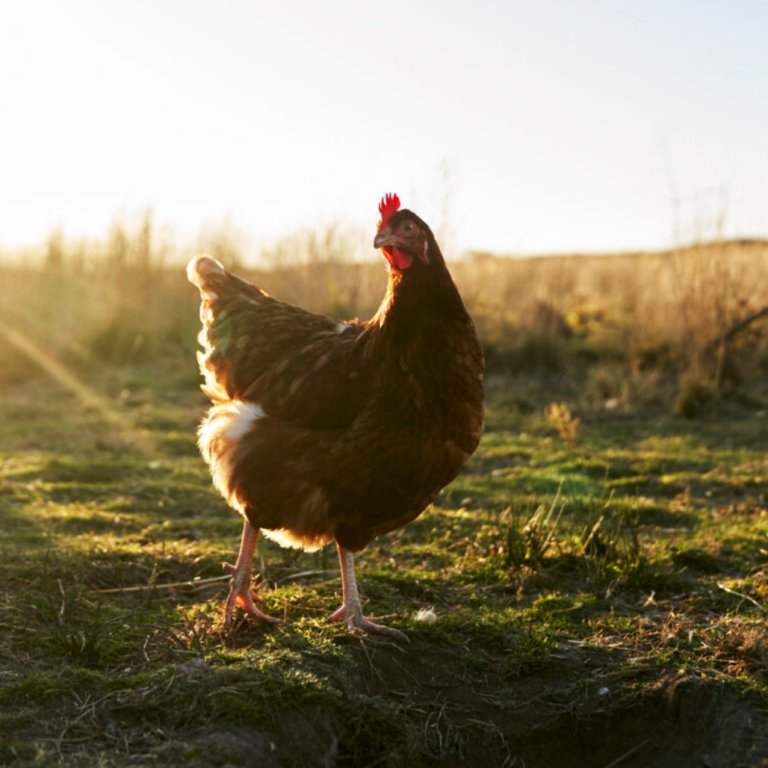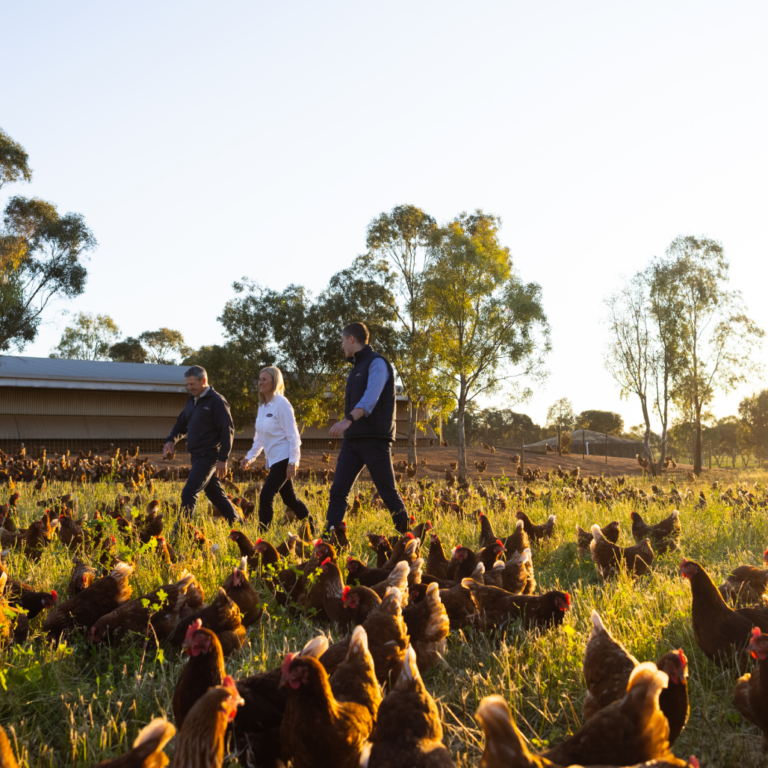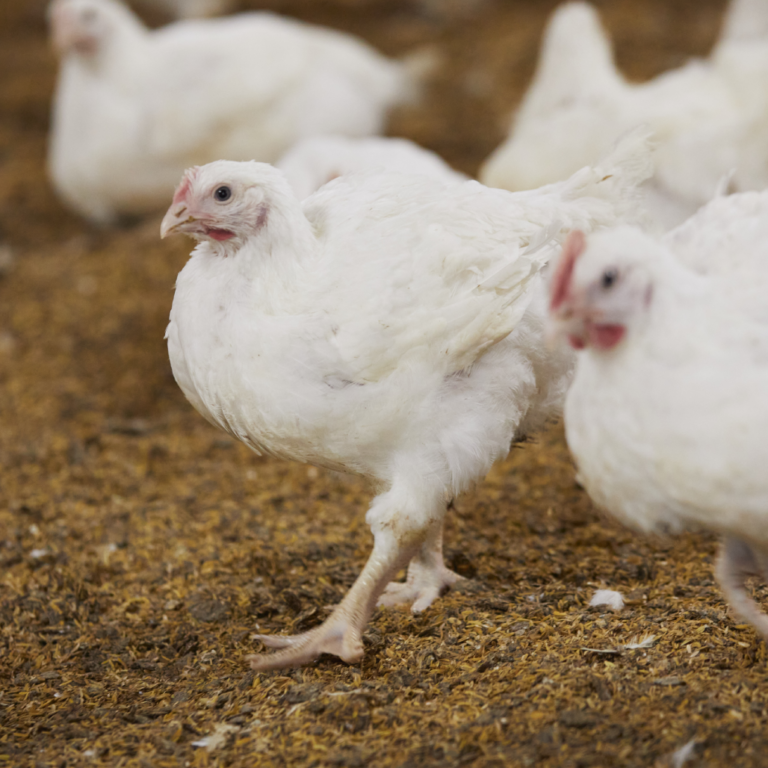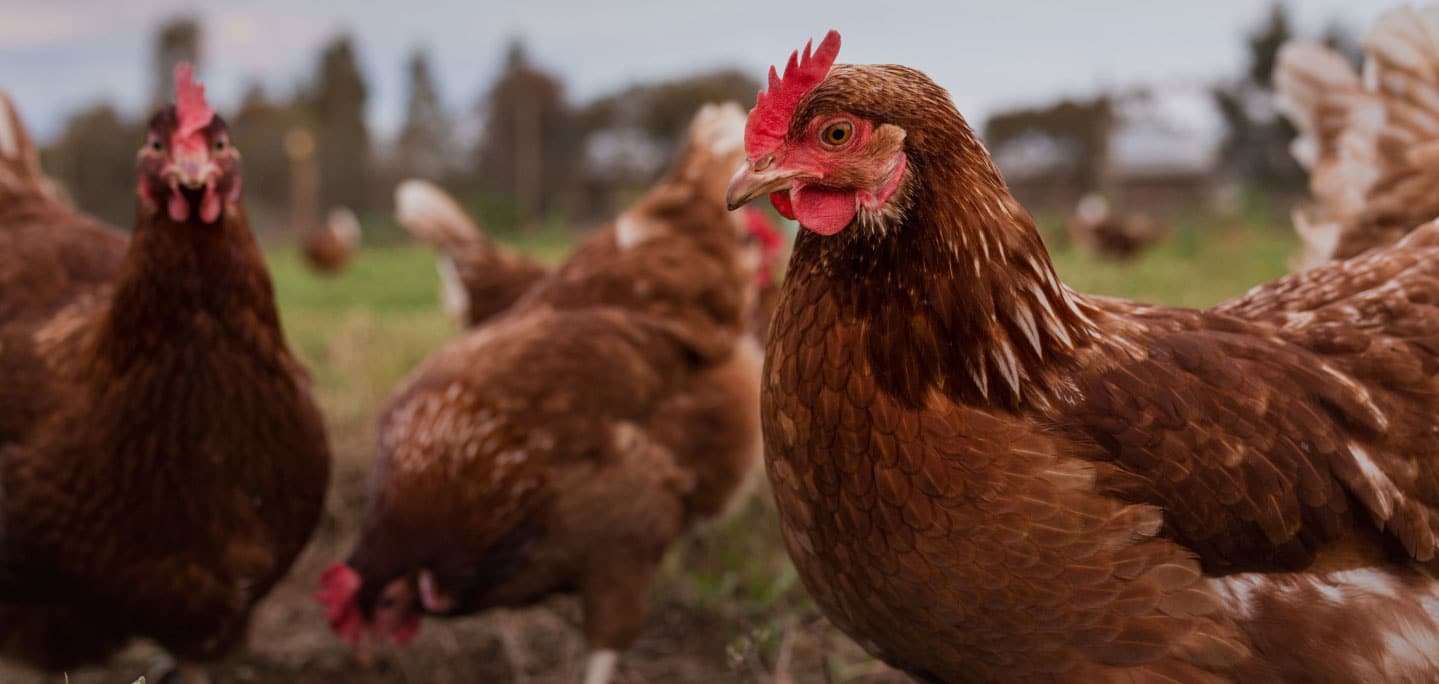Many Australians love eggs. On average, we’re eating 17 million eggs a day and consumption is on the rise! With more and more people interested in where their food comes from, there is an increasing demand for ethically farmed products. This means making a conscious choice to avoid battery cage eggs and consume cage-free eggs instead.
Cage versus cage free
So what’s the difference between cage and cage-free eggs? All eggs in Australia are produced in one of three different housing systems: cage, barn laid and free range. Both free range and barn laid are known as ‘cage free.’
Whether you choose free range or barn laid eggs, you’re doing the right thing by saying no to cage eggs and taking a stand against battery cages.
Are barn laid eggs ok?
When people think of choosing ethically farmed eggs, they often focus only on free range systems which give hens access to the outdoors. While it’s not always possible for hens to have access to the outdoors, due to local council restrictions and insufficient outdoor space amongst other things, this doesn’t mean they can’t still have a comfortable life. In barn laid systems, hens can stretch, flap their wings and, very importantly, they’re able to lay their eggs in secluded nest boxes. When hens are given adequate space to move around on quality litter flooring, you can be confident that they will be able to do the things they enjoy!
Barn laid eggs are also often more affordable than free range eggs, making them a viable option in food manufacturing, restaurants, cafes, catering companies and quick service restaurants. An estimated eight in 10 eggs used in food service and manufacturing are cage eggs and the cost sensitivity in these industries is high. But many businesses are responding to the expectations of their customers and have either made the switch to cage free or committed to doing so in the near future.
The problems with battery cages
When managed well, both free range and barn housing systems allow hens the freedom to be themselves. The same can’t be said of cage systems. Cages are bare and cramped, with each hen allowed less space than the size of an A4 sheet of paper. Not only are hens hardly able to walk or flap their wings, they suffer from health issues including brittle bones and foot problems. They’re also unable to escape from the aggression of other birds. Sadly, in Australia, 11 million layer hens are kept in battery cages for their entire egg laying lives.
Science has shown us that it’s simply not possible for hens to enjoy higher welfare in cages because the cages themselves are the cause of their suffering. This is why RSPCA Australia is calling for a legislative phase out of battery cages.
How you can help
Getting hens out of battery cages won’t happen overnight. It’s going to be a long road – one which we’ll tell you about in a future post. But here are a couple of things that you can do to help hens right now:
Add your voice to our call for an end to battery cages
Visit our website right now and tell us why you support an end to battery cages.
Keep choosing cage free in the supermarket
Check that the egg carton says either ‘cage free’, ‘barn laid’, ‘free range’ or ‘RSPCA Approved’.
And ask for cage free when dining out
Next time you’re eating at a restaurant or café, ask if the eggs on the menu are cage free (either barn laid or free range). You can also use our online directory Choose Wisely to find out which venues near you are celebrating humane food.






